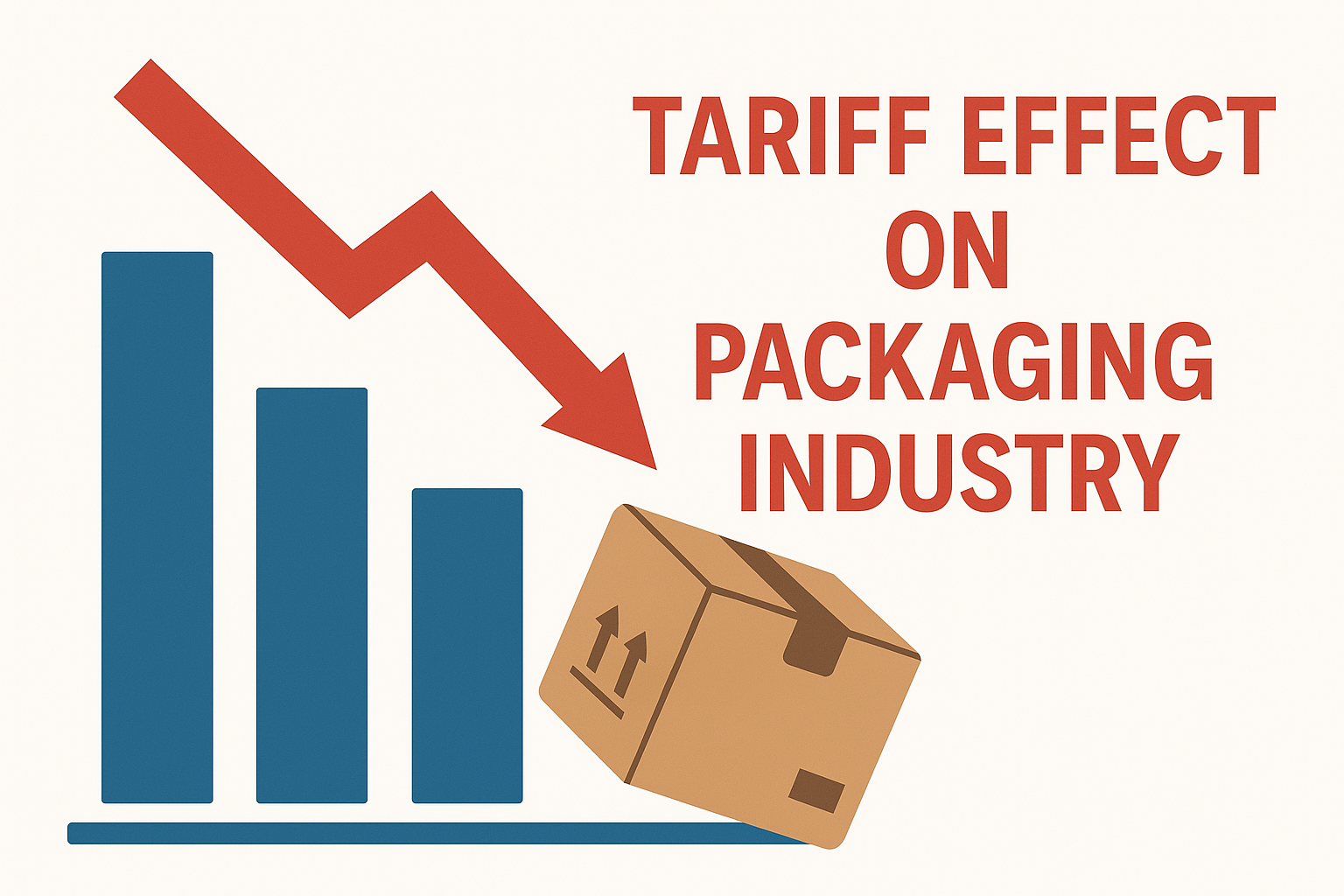Even with the increasing awareness surrounding the importance of recycling plastic waste, the amount of plastic waste that actually gets recycled is shockingly minimal. This article gives an overview of the herculean problem of packaging waste that the world is facing today and how a mindset which is pro circular economy can be created to help battle the plastic waste problem.
Plastic Packaging Waste: A Burning Problem
Plastic packaging waste has become a burning problem today. Statistics show that every minute plastic waste equivalent to one truck is leaking into marine bodies and destroying the marine flora and fauna. Around millions of marine animals die due to the plastic waste in ocean. Besides, a huge chunk of plastic waste also ends up in landfills and contributes towards producing greenhouse gases gradually.
The linear model of consumption i.e. take-make-dispose model of consumption is the culprit. The products are bought, used once and thrown away. Also, most of the packaging rarely gets a second use.
Why Adopt a Circular Economy?
The beauty of a circular economy is that the materials constantly flow in a circular or a closed loop system rather than being discarded after a single usage. This helps retain the value of the materials like plastic which would otherwise have been lost if thrown away after single use.
Hence, a more circular approach is needed, wherein not only less packaging is used, but it is redesigned in a way so that it can be reused, recycled or composted. The business and environment both benefit from the circular economy approach. The materials are used effectively, which means less waste and reduced costs. This also means that new sources of value are created for consumers, the risk management of raw materials is improved and the approaches to the supply chain are optimized.
How to Cultivate a Mindset which is Pro Circular Economy?
- Rethinking design of packaging products can help reduce the impact of plastic tremendously. Three core areas can be focused on when it comes to rethinking packaging design –
- Reducing the use of materials
- Using more recycled raw materials
- Ensuring that packaging is compostable or recyclable.
- The Government can also contribute immensely towards developing a circular economy for used plastic packaging. The national governments can help develop strategic waste infrastructure. They can also help bring in investments through lucrative waste management schemes to encourage recycling of plastic waste. They can create policies and frameworks which facilitate the fundamental shift of acting towards creating a circular economy approach for recycling packaging waste.
- To ensure that used plastic packaging is viewed as a valuable resource is both a challenge and an opportunity. A market for post-consumer recycled materials should also be developed. This will help boost the business case for recycling services and will also help increase the collection and reprocessing of used materials.
- Companies, associations and organizations across the value chain of flexible packaging comprising retailers and brand owners, packaging converters, raw material suppliers, producer responsibility organizations, collectors, sorters and recyclers can collaborate to establish a circular economy for used plastic packaging.
- The consumers can also prove to be strong allies. Since collecting and sorting recyclable plastic waste are crucial steps of a circular economy, consumers play the key roles here. Hence, it is important to create awareness among the consumers, implement community drives and initiatives and make every effort to ensure that recycling becomes a habit. Incentives can also encourage consumers to put in more and consistent efforts.
Hence, reconsidering plastic packaging for a circular economy can not only provide an effective solution for the plastic waste problem, but also benefit businesses at large. So, it’s high time to reconsider plastic packaging for a circular economy.







